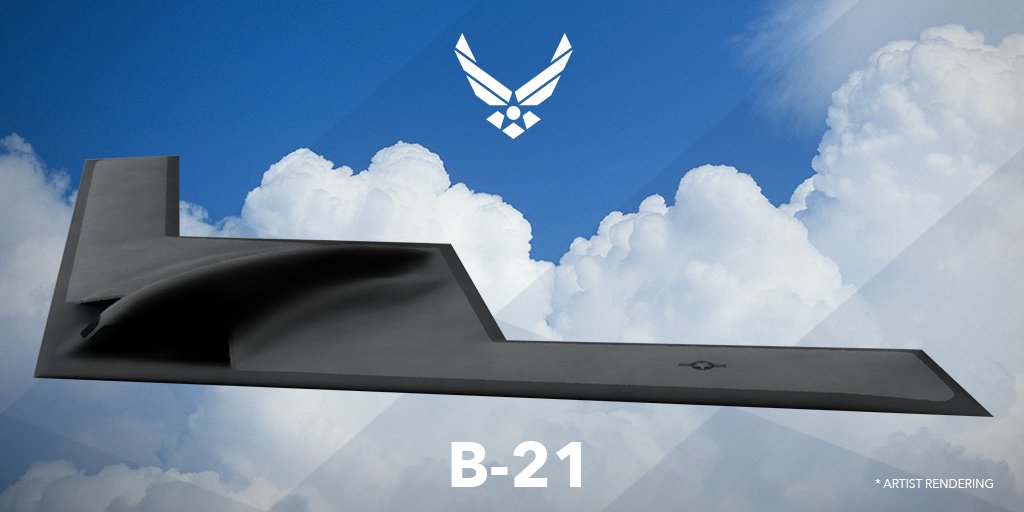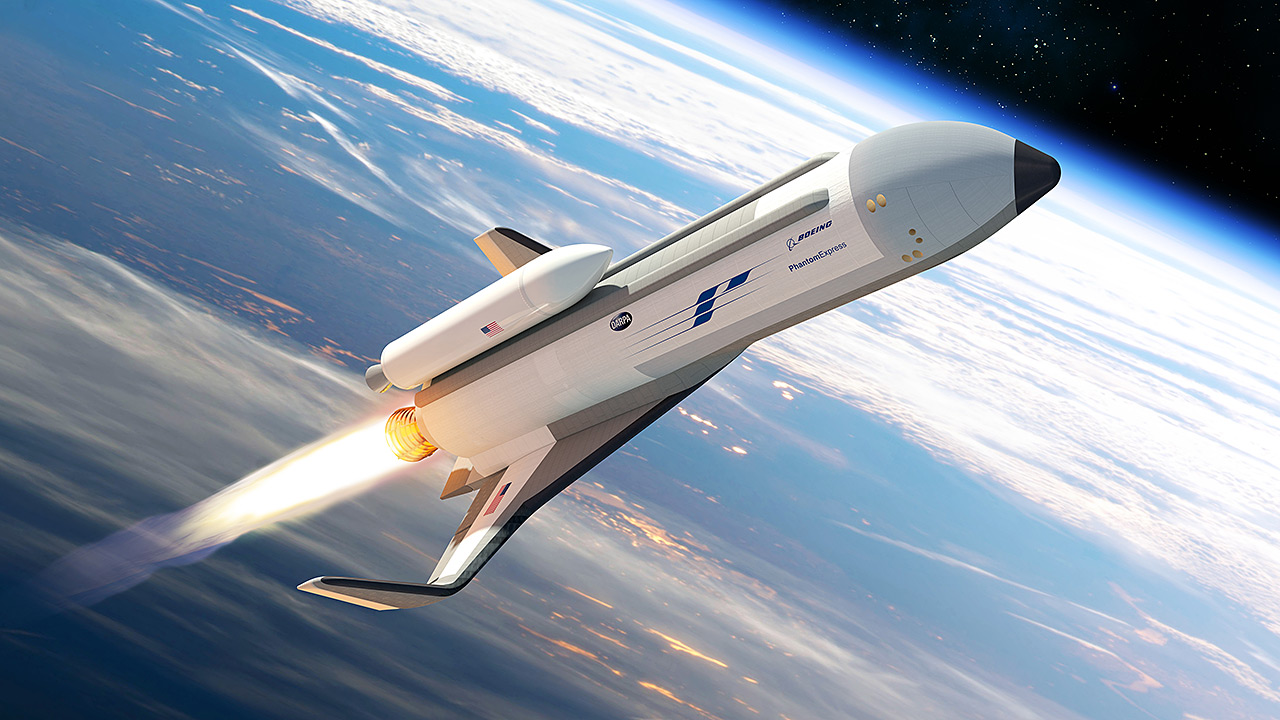B-21 Raider
Formerly known as the Long-Range Strike Bomber (LRS-B), the B-21 stealth bomber is designed to penetrate even the most sophisticated advanced integrated air defense systems, which counties like China and Russia put up to create a sort of invisible wall far out from their territorial borders. The defense systems have long-range engagement capabilities that can target and shoot down aircraft from hundreds of miles away. The B-21 is designed for maximum stealth, evading radar and infrared sensors. It’s headed to Edwards Air Force Base for testing sometime soon. While its immediate expected capabilities are mostly that of a modern bomber, in the future it will likely be equipped for nuclear bombs, flying unmanned and possibly managing swarms of drones.
Plasma Force Fields
In addition to those advanced integrated air defense systems, which use sensors and missile systems to track and destroy incoming aircraft and weaponry, militaries around the world might someday also have actual force fields. A proposed system by Boeing uses a combination of lasers, microwaves and electricity to heat up the air between a target and a blast, creating a plasma shield denser than the surrounding air to absorb or deflect the energy from the incoming shockwave.
Unlike the deflector shields depicted in sci-fi like Star Wars, it’s not impenetrable, and won’t prevent direct impacts or shrapnel. But it can protect targets (like vehicles full of personnel) from the after-effects of nearby explosions, protecting them within those pockets of hot air. It will be interesting to see where this technology goes in the near future.
Autonomous Rapid-Launch Spaceplanes
The Air Force won’t say exactly why its diminutive space drone X-37B is orbiting the Earth for months or years at a time – the information is classified – but it was likely developed for spying purposes. Made by Boeing’s Phantom Works division, the robotic craft launched in September 2017 atop a SpaceX Falcon 9 rocket from Cape Canaveral, Florida. It looks like a tiny space shuttle, standing just 9.5 feet tall with a wingspan of about 15 feet. It’s solar powered and flies about 110 to 500 miles above the Earth.
Meanwhile, Boeing has also produced the Experimental Spaceplane/XS-1, a hypersonic space plane that takes off vertically, flies autonomously and reaches altitudes higher than most planes to release a mini-rocket deploying a satellite. The idea is that the spaceplane can quickly deploy the satellite and then land back on Earth horizontally to e fueled for its next mission, with a turnaround time lasting just a few hours. All of this essentially indicates that the military is gearing up to take a lot more war-related missions to space, an idea long relegated to science fiction.
Mind Control Guns
Weapons that take away the autonomy of citizens are perhaps the most terrifying of all. It’s no big secret that the U.S. military has experimented with mind control techniques in the past, like the CIA’s MKUltra project, but it doesn’t seem like the U.S. currently has anything quite like Russia’s zombie-making psychotronic guns (that we know of.) The weapons use electromagnetic radiation to attack their victims’ central nervous systems, causing extreme pain and impairing higher cognitive function to make crowds easy to control.
Yep, it sounds like a conspiracy theory or the kind of farce parodied in the George Clooney movie ‘Men Who Stare at Goats,’ but given that the USSR once spent $1B researching and developing ‘mind control’ weaponry, it’s certainly not impossible. Russian defense minister Anatoly Serdyukov announced that Russia was working on the technology as part of the state arms procurement program for 2011-2020, saying Putin saw it as “more acceptable in terms of political and military ideology” than just blasting us all with nuclear weapons.



